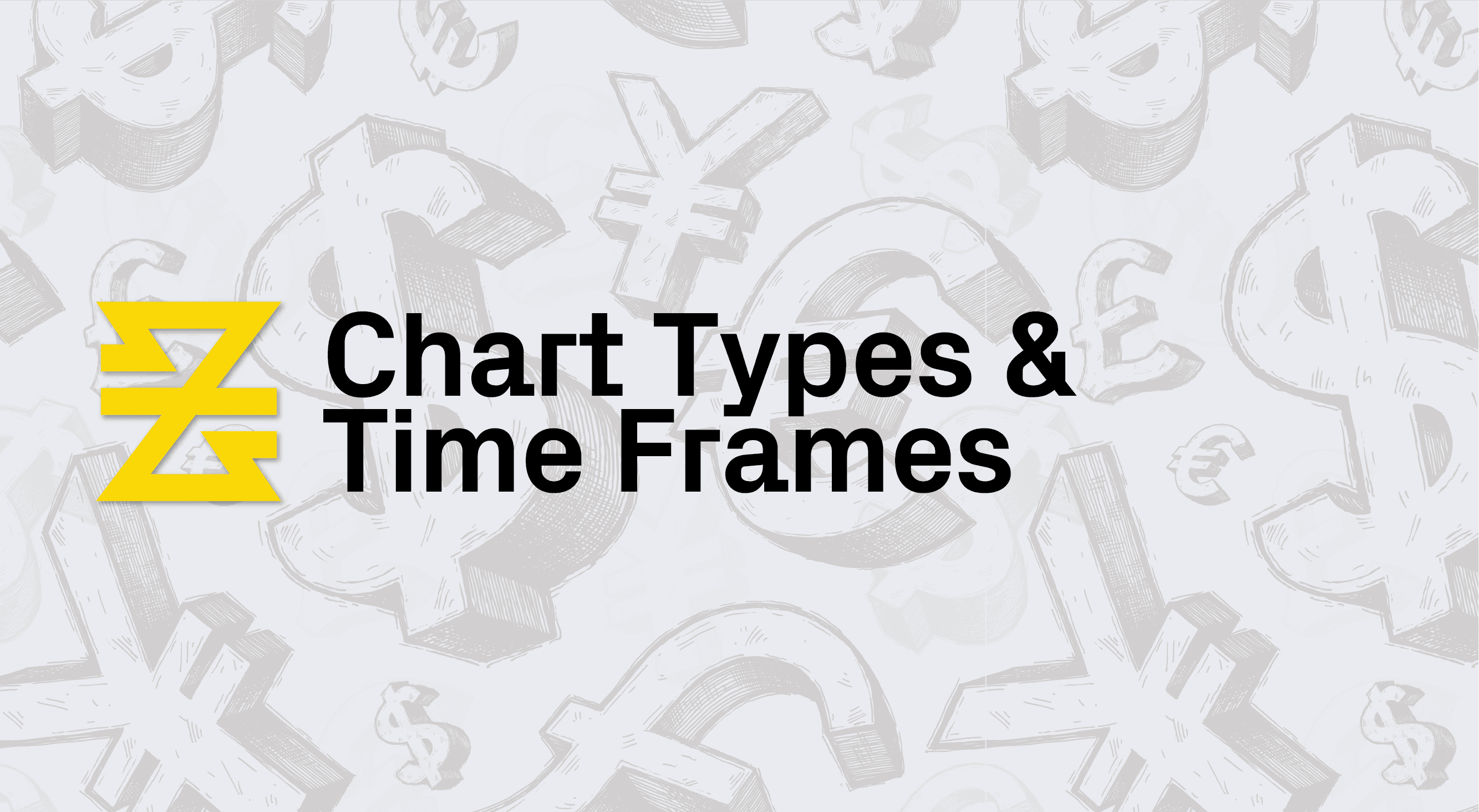- CFDs & Forex Trading | Regulated Online Trading
- About Us
- Trading
- Platforms
- Resources
- Partners
- Research
Search
×

CHAPTER 4 - LESSON 2
Charts are a key tool used in technical analysis by expert analysts.
There are several different chart types and time frames that traders use to analyze price action in the forex market.
In forex charts analysis, expert analysts utilize different chart types and time frames to gain insights into market trends and make informed trading decisions. One of the most widely used chart types in forex trading is the candlestick chart. Candlestick charts provide a visual representation of price movements and offer valuable information about market sentiment and potential reversals.
Here are some chart types expert analysts use:
The simplest type of chart, and it shows the closing prices of a currency pair over a specific time period.
• Line charts are useful for identifying trends in the market.
Shows the open, high, low, and closing prices of each currency pair over a specific time period. Each bar represents a specific time period, such as a day or an hour.
• Bar charts are useful for identifying price volatility and momentum.
Similar to a bar chart, but instead uses candlestick shapes to represent the open, high, low, and closing prices of each currency pair.
• Learning how to read Candlestick charts is useful for identifying price patterns and trends and can also provide more information than line or bar charts.
To read forex candlestick charts effectively, analysts focus on the body and wicks of each candle. The body represents the price range between the opening and closing prices, while the wicks, also known as shadows, illustrate the highest and lowest prices reached during a specific time frame. By observing the patterns formed by candlestick bodies and wicks, analysts can identify trends, support and resistance levels, and potential trading opportunities.

Expert analysts will also use different time frames to analyze price actions in the forex market.
Time frames play a crucial role in forex chart analysis as they determine the duration of each candle or bar. Analysts often use multiple time frames, such as daily, weekly, and hourly, to gain a comprehensive understanding of market trends and identify potential entry or exit points. Shorter time frames offer more detailed information about intraday price movements, while longer time frames provide a broader perspective on overall market trends.
Below are some common time frames used in forex trading:
These time frames include 5-minute or 15-minute charts.
• Short-Term time frames are used by traders who make frequent trades throughout a day and look to profit from short-term price movements.
Time frames such as 1-hour or 4-hour charts.
• Medium-Term time frames are used by traders who hold positions for a few days or weeks.
These time frames include daily or weekly charts.
• Long-Term time frames are used by traders who hold positions for several weeks or months.
It’s important for traders to choose a forex chart analysis type and time frame that best suits their trading strategy and style. Keep in mind that different chart types and time frames can provide different information and may lead you to different trading decisions.
To read forex charts effectively, you should understand the key elements and symbols present. Start by selecting a time frame, such as minutes, hours, days, or weeks, depending on your trading strategy. The vertical axis represents the price, while the horizontal axis represents time. Candlestick charts are commonly used, with each candlestick representing a specific time period and displaying the opening, closing, high, and low prices. Bullish candlesticks indicate price increases, while bearish ones represent price decreases. Additionally, analyze chart patterns, trendlines, support, and resistance levels to identify potential entry and exit points.
To recap, charts are a key tool for technical analysis. Expert analysts use line charts, bar charts, and candlestick charts to assess different price actions. Based on their trading style, they review the chart’s data over short-term, medium-term, or long-term time frames to identify trading opportunities.
We will now explore key technical indicators experts use while trading.
BAXIA GLOBAL LIMITED
Join the community
Risk Warning: Margin trading involves a high level of risk, and may not be suitable for all investors. You should carefully consider your objectives, financial situation, needs and level of experience before entering into any margined transactions with Baxia Markets, and seek independent advice if necessary. Forex and CFDs are highly leveraged products which mean both gains and losses are magnified. You should only trade in these products if you fully understand the risks involved and can afford losses without adversely affecting your lifestyle (including the risk of losing the entirety of your initial investment). You must assess and consider them carefully before making any decision about using our products or services.
Baxia Global Limited is a company registered in Seychelles with registration number: 8426970-1, and is regulated by the Financial Services Authority of Seychelles with License number: SD104.
Baxia Limited is a company registered in The Bahamas with registration number: 177330 B, and is licensed and regulated by The Securities Commission of The Bahamas (SCB), (SIA-F234).
The information on this website is general in nature and doesn’t take into account your personal objectives, financial circumstances, or needs. It is not targeted at the general public of any specific country and is not intended for distribution to residents in any jurisdiction where that distribution would be unlawful or contravene regulatory requirements. Baxia Markets does not offer its services to residents of certain jurisdictions such as USA, Cuba, Sudan/Republic of Sudan, Syria, Iran, Iraq, South Sudan, Venezuela, Libya, Belarus, Afghanistan, Myanmar, Russia, Crimea, Donetsk, Luhansk, Palestine, Yemen, Zimbabwe and North Korea.